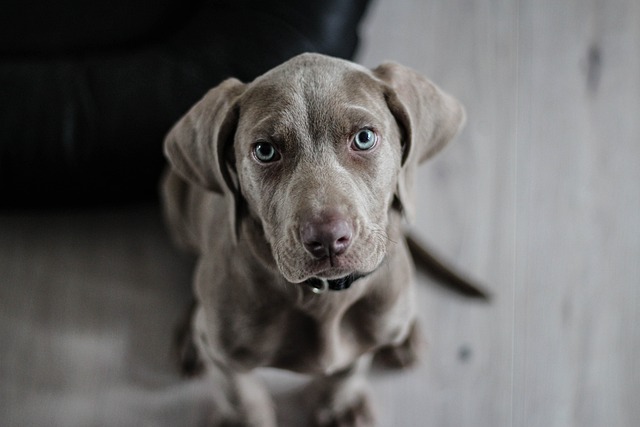
How to dog obedience training?
Dog obedience training isn’t just about teaching tricks—it’s how you build trust and keep your pup safe in busy neighborhoods, like when kids run by the park or a delivery truck rumbles down the street.
You’ve just brought home your energetic Labrador puppy, and between the chewed baseboards and midnight whining, your neighbor in the next apartment is starting to give you sideways glances. This is where crate training—often misunderstood as confinement—becomes your secret weapon for raising a well-adjusted canine companion. When introduced correctly, crates leverage dogs’ natural denning instincts to create security while addressing very practical challenges of modern pet ownership.
From an evolutionary perspective, dogs are den animals who seek enclosed spaces for safety and rest. Studies in applied animal behavior show that properly crate-trained dogs experience lower cortisol levels during alone time and recover faster from stressful events. The crate becomes their personal bedroom—a predictable retreat from household chaos, children, or fireworks. This is particularly valuable in urban environments where space is limited and stressors are abundant. Beyond psychological benefits, crates prevent dangerous chewing of electrical cords or toxic substances and dramatically accelerate housetraining by leveraging dogs’ natural avoidance of soiling their sleeping area.
Start by selecting an appropriately sized wire or plastic crate—large enough for standing and turning but not so spacious that your dog can eliminate in one corner. Make it inviting with soft, washable bedding and strategically hidden treats. Begin with short, positive sessions where the door remains open, feeding meals near the crate before gradually moving the bowl inside. Use a calm verbal cue like "kennel up" paired with high-value rewards like stuffed Kong toys. For apartment dwellers, position the crate away from high-traffic areas but within view of family activities to prevent isolation distress. Never force your dog inside or use the crate immediately after a negative experience—this undermines the entire purpose of creating positive associations.

This training approach aligns with modern animal welfare standards that emphasize choice and positive reinforcement. While crates are widely accepted in the U.S., some European countries like Sweden and Finland regulate their use more strictly, often requiring proof of behavioral necessity. Regardless of location, remember that crate training doesn’t replace your other responsibilities: your dog still needs daily exercise and mental stimulation, current rabies vaccination as required by state laws, and prompt waste cleanup during walks—always carry biodegradable bags to comply with local ordinances. If your dog shows signs of severe anxiety like excessive drooling or escape attempts, discontinue crate use and consult a certified positive reinforcement trainer rather than resorting to force.
Ultimately, crate training done right isn’t about confinement—it’s about giving your dog the gift of security while keeping them safe when unsupervised. When integrated with proper exercise, training, and compliance with local regulations, it becomes one of the most valuable tools in your puppy-raising toolkit.

Dog obedience training isn’t just about teaching tricks—it’s how you build trust and keep your pup safe in busy neighborhoods, like when kids run by the park or a delivery truck rumbles down the street.

You're standing in the pet store aisle holding a collapsible metal crate, wondering if this purchase will be your new puppy's safe haven or an emotional prison.
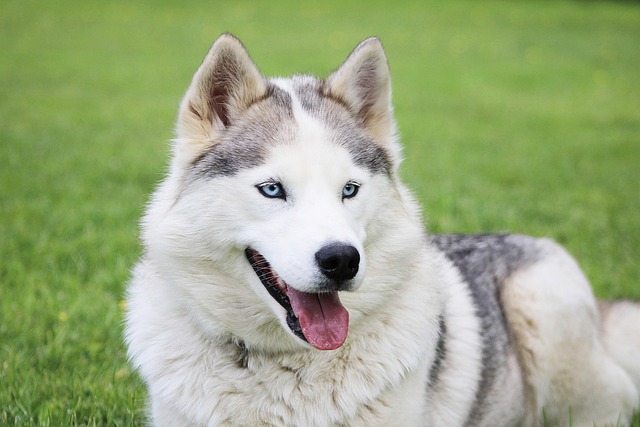
You've set up the perfect crate with a cozy bed and treats, but after three days your new rescue still whines when you close the door.
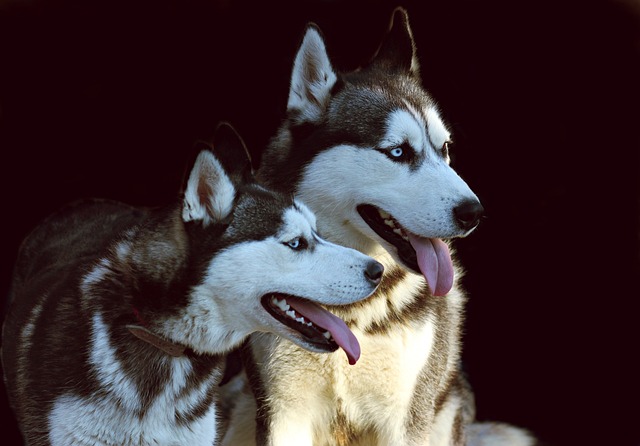
You’ve followed all the advice—bought the perfectly sized crate, stocked up on fancy treats, and even got that cozy orthopedic bed
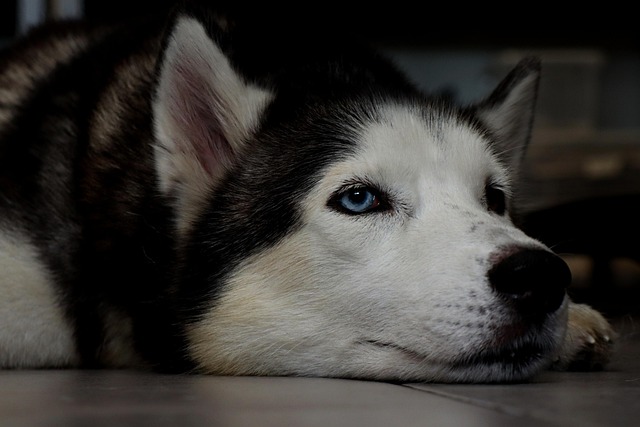
That hesitant look your rescue shepherd gives the crate—standing frozen three feet away, tail tucked—tells you everything about how he feels about enclosed spaces.
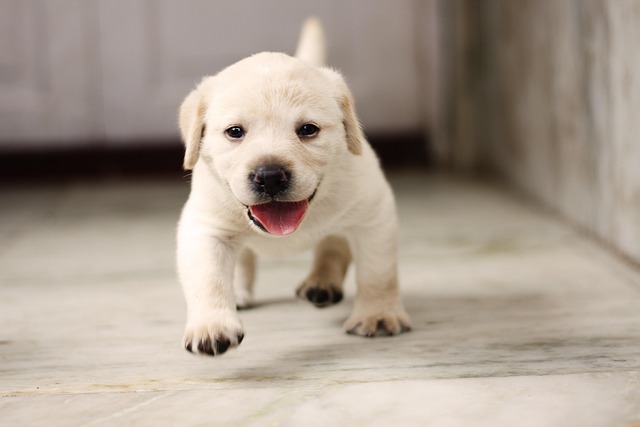
Yorkies are tiny, energetic pups, but their small size can make house training tricky—especially when they start leaving little messes around the house.